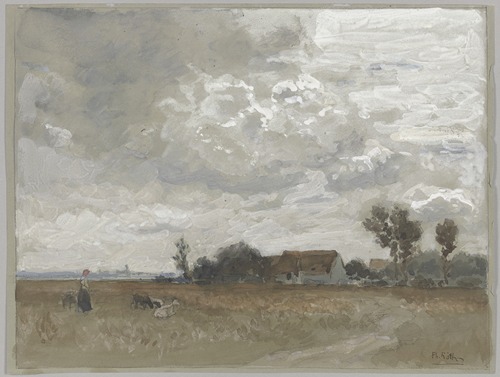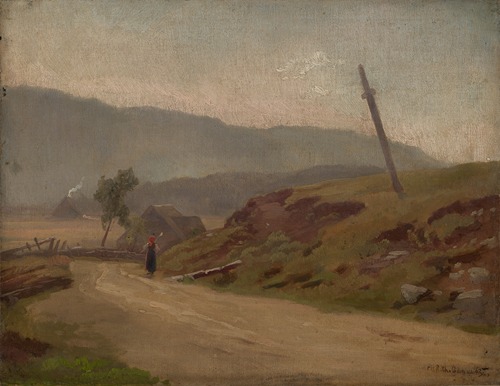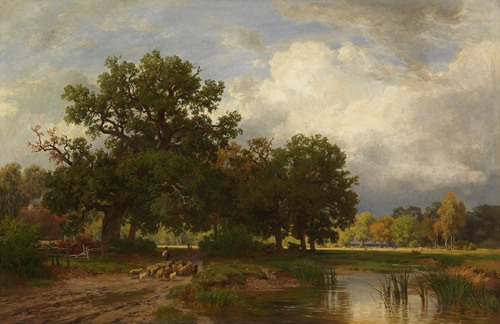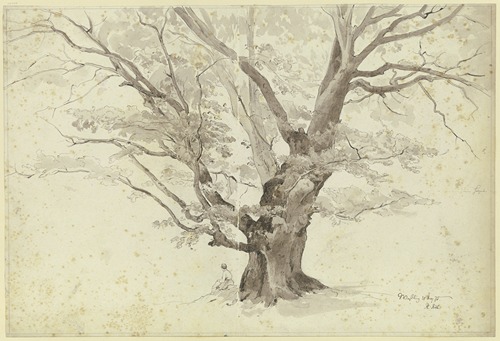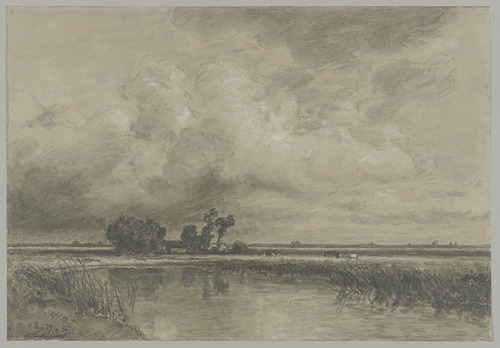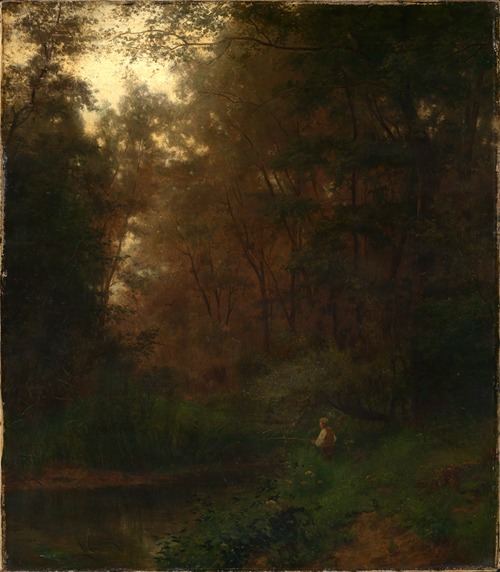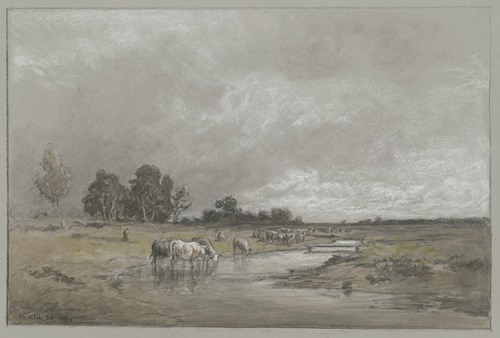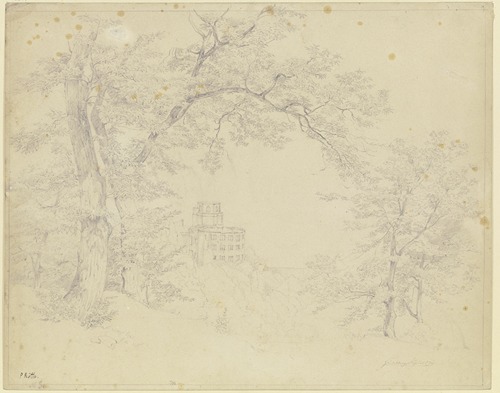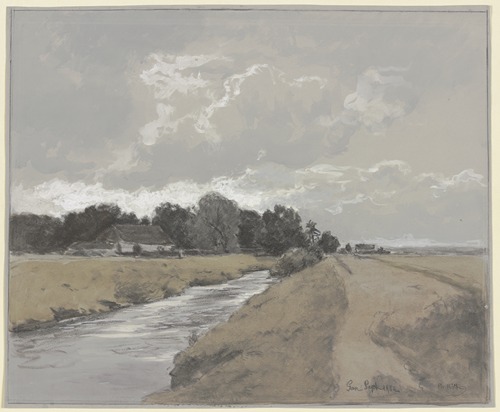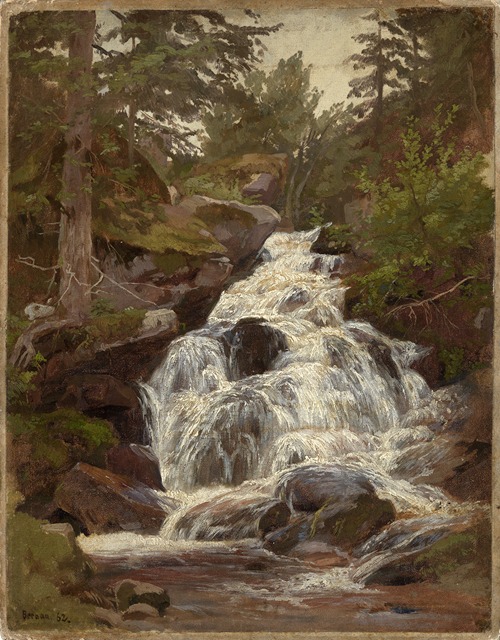
Philipp Röth was a painter and draughtsman of late Romanticism and Impressionism.
Röth began studying in Darmstadt with August Lucas and Karl Ludwig Seeger in 1855. From 1859 to 1860, Röth attended Johann Wilhelm Schirmer's painting class at the Karlsruhe Academy of Art and around 1861 he returned to Darmstadt to study under the Grand Ducal Hessian court painter Paul Weber, who would later become his father-in-law.
Via Düsseldorf, where he worked as a freelance artist between 1864 and 1870, absorbing influences from the Düsseldorf School of Painting and finally living at Jägerhofstraße 1 in the Hofgartenhaus, he finally came to Munich and lived and worked in Haimhausen and Dachau, a center of open-air painting at the time.
Röth is considered one of the most important representatives of the Paysage intime in Germany. His depictions of nature show a strong interest in the depiction of seasonal, diurnal and weather-related moods. In his late work, Röth turned to Impressionism.
In what is now Munich's Nederling district, a plaque on a more than 300-year-old lime tree commemorates the painter and one of his favorite motifs. Today it is known as the Röth lime tree. Philipp Röth often sat under it and painted landscapes, which is why it was named after him.
Röth married Pauline Weber, daughter of the painter Paul Weber, with whom he had daughters Paula and Vicki.


